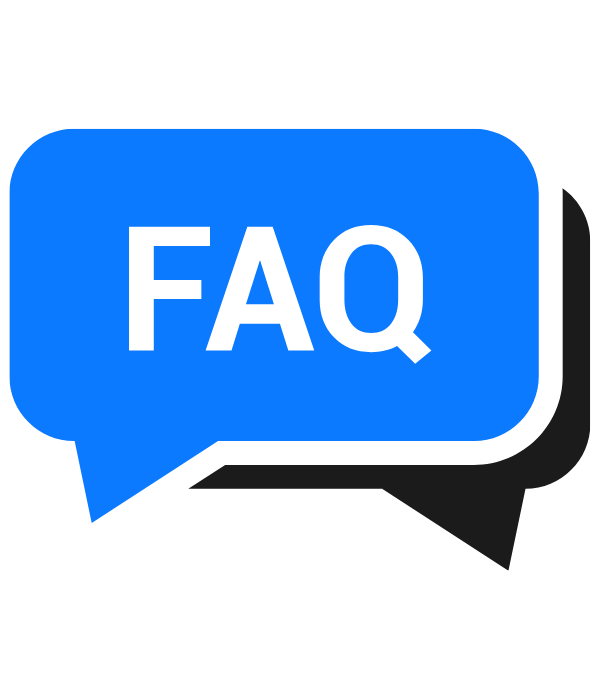Step 1: Assess Your Base Content
Content Audit: Identify high-performing or evergreen content that can be
repurposed.
Identify Key Points: Highlight key takeaways or messages to emphasize in the
repurposed versions.
Step 2: Consider Platform-Specific Formats and Audiences
- LinkedIn: Tailor your message for an informative and career-focused tone.
Convert blog posts into LinkedIn articles or thought-leadership pieces. Shorten
content for LinkedIn posts with links to longer articles.
- Instagram: Visual storytelling is key. Create infographics, carousels, and
stories that translate key points into engaging visuals.
- Facebook: Use a mix of long-form posts, stories, and live streams. Share
parts of the content as status posts with links to the full version.
- YouTube: Convert blog posts into video explainers or tutorials. A live Q&A
session can also provide valuable insights.
- Twitter: Aim for brevity. Convert content into tweet threads or provide
short, punchy takeaways with relevant links.
Step 3: Tailor Content for Each Format
- Blog Posts: Update existing blogs with new data or expanded insights. Use
summaries of older posts to entice readers to visit your site.
- Infographics: Simplify complex concepts from your content into shareable
visuals.
- Podcasts: Interview subject-matter experts on related topics or summarize
your original content into digestible audio episodes.
- Webinars/Workshops: Create deeper engagement by hosting live sessions to
explain, discuss, and expand on content with live interaction.
Step 4: Optimize and Measure Impact
- SEO Optimization: Ensure each platform's content is optimized with relevant
keywords and hashtags.
- A/B Testing: Experiment with different headlines, visuals, and formats to see
what performs best.
- Analytics: Track engagement metrics across platforms to see which formats
resonate most with the audience.
Step 5: Update and Iterate
- Content Refreshing: Periodically update evergreen content with new insights,
data, or case studies.
- Iterative Approach: Adjust your strategy based on analytics, doubling down on
high-performing formats and adapting low-performing ones.
By following this guide, you can maximize the reach and effectiveness of your base
content, ensuring it resonates across different platforms and engages diverse audiences.
Happy Learning 😊
Why should you learn blog writing?
- Develop Advanced Marketing Skills
- Expand Your Audience Reach
- Improve Content Effectiveness
- Stay Competitive in the Industry
- Target Your Audience More Accurately
- Gain Valuable Analytical Insights
Starting Blog templates and strategies
Student's Reviews
-
5
3 Rating
-
4
2 Rating
-
3
1 Rating
-
2
2 Rating
-
1
2 Rating

Robert Max
Outstanding Course
" Lorem Ipsum is simply dummy text of the printing and typesetting
industry. Lorem Ipsum has been the industry's standard dummy text ever
since the 1500s, when an unknown printer took a galley of type and
scrambled it "

Robert Max
Outstanding Course
" Lorem Ipsum is simply dummy text of the printing and typesetting
industry. Lorem Ipsum has been the industry's standard dummy text ever
since the 1500s, when an unknown printer took a galley of type and
scrambled it "

Robert Max
Outstanding Course
" Lorem Ipsum is simply dummy text of the printing and typesetting
industry. Lorem Ipsum has been the industry's standard dummy text ever
since the 1500s, when an unknown printer took a galley of type and
scrambled it "
Web Designer
Lorem Ipsum is simply dummy text of the printing and typesetting industry. Lorem
Ipsum has been the industry's standard
